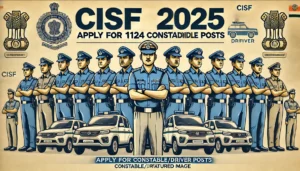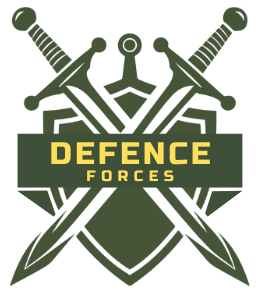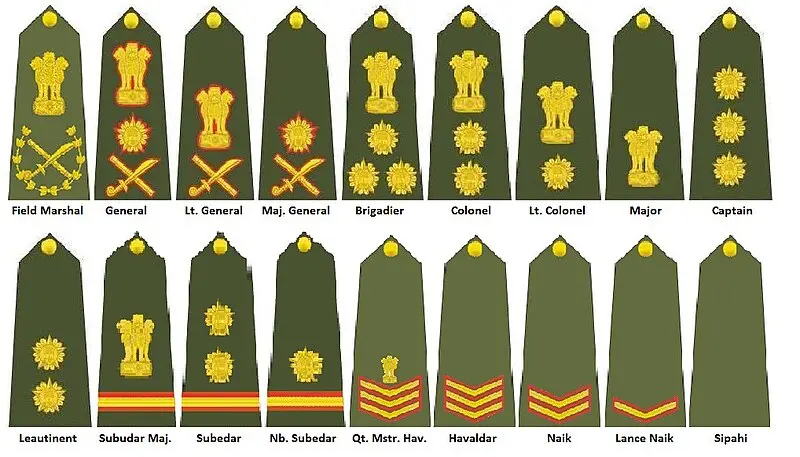defenceforcesindia.in
The Indian Army (ranks) is one of the largest and most respected military forces in the world. Its rank structure is a combination of traditional and modern military hierarchy, which helps in maintaining discipline and order. Understanding the ranks in the Indian Army provides insights into the roles, responsibilities, and career progression of army personnel. Here’s a detailed guide on the different ranks in the Indian Army.
1. Commissioned Officer Ranks
Commissioned officers hold leadership roles and are responsible for commanding troops. Their ranks start from junior officers and go up to senior-most levels. Here’s a breakdown:
Lieutenant
- The entry-level rank for commissioned officers.
- In charge of a platoon consisting of about 30 soldiers.
Captain
- Typically in charge of a company, which may consist of around 120 soldiers.
- Handles training and administration within the company.
Major
- Takes on more responsibilities and often acts as second-in-command within a battalion.
- Focuses on operational planning and strategic deployment.
Lieutenant Colonel
- Acts as a commanding officer of a battalion or regiment (consisting of 600-1,000 soldiers).
- Involved in higher-level strategic planning.
Colonel
- Often serves as a staff officer in various administrative roles.
- Also commands larger units in some cases.
Brigadier
- Commands a brigade (which is typically made up of three battalions).
- Oversees the implementation of military strategies.
Major General
- Plays a key role in formulating military policies.
- Commands a division, which includes around 10,000-20,000 soldiers.
Lieutenant General
- Holds significant authority and is involved in making high-level strategic decisions.
- Commands a corps (up to 90,000 soldiers).
General
- The highest rank in the Indian Army.
- Usually, the Chief of Army Staff holds this rank.
2. Junior Commissioned Officer (JCO) Ranks
Junior Commissioned Officers serve as a bridge between the commissioned officers and the non-commissioned ranks. They are usually promoted from the non-commissioned ranks and hold substantial experience.
Naib Subedar
- Equivalent to a junior commissioned officer.
- Acts as a senior advisor and instructor.
Subedar
- Often takes command roles in smaller units.
- Plays a vital role in operational execution and training.
Subedar Major
- The highest JCO rank.
- Advises senior officers and supervises lower ranks.
3. Non-Commissioned Officer (NCO) Ranks
Non-Commissioned Officers are the backbone of the Indian Army. They ensure that orders from higher ranks are executed efficiently.
Lance Naik
- One rank above the regular soldier (Sepoy).
- Performs duties like supervising soldiers and maintaining discipline.
Naik
- Leads a small group of soldiers, typically around 10 to 12.
- Assists in training and mission execution.
Havildar
- Takes charge of a section, which may consist of up to 30 soldiers.
- Involved in administrative duties within the section.
4. Other Ranks
- Sepoy
- The basic soldier rank in the Indian Army.
- Carries out various tasks as directed by higher ranks.
Understanding the Rank Structure
The Indian Army’s rank system is designed to ensure proper command and control. Each rank comes with its own responsibilities and expectations, which help in the overall functioning and success of the Army. Below is an overview of the structure:
- Lower Ranks: Focused on execution, physical tasks, and discipline.
- Middle Ranks (JCOs): Act as a liaison between the lower ranks and officers.
- Higher Ranks (Commissioned Officers): Involved in strategy, command, and policy-making.
The Role of Insignia
The rank of an officer or soldier can be identified by the insignia worn on their uniform. These insignia help in recognizing the hierarchy and are symbols of authority and responsibility.
Key Points:
- The insignia often include stars, stripes, and badges that differ based on rank.
- Commissioned officers’ insignia include stars and the Ashoka emblem.
- JCOs and NCOs have chevrons and other symbols representing their rank.
Promotions and Career Progression
Promotion in the Indian Army is based on merit, service duration, and specific achievements. The rank hierarchy allows soldiers to climb the ladder through dedication, further training, and displaying leadership qualities. Here’s how the progression generally works:
- For NCOs to JCOs: Promotion is earned based on years of service and leadership qualities.
- For JCOs to Commissioned Officers: Achieving higher ranks involves clearing specific exams and exhibiting exceptional service records.
- Commissioned Officer Promotions: These promotions are competitive and include examinations, interviews, and recommendations.
Conclusion
Understanding the ranks in the Indian Army is crucial for grasping the military’s structure, culture, and functioning. The rank system not only provides a hierarchy but also ensures that leadership, discipline, and order are maintained effectively.
Whether you are aspiring to join the Indian Army, or simply interested in military knowledge, familiarizing yourself with these ranks will provide valuable insights into how the Indian Army operates.
Recent Posts
- Indian Air Force Recruitment 2025: Apply Now for Agniveervayu (Sports) Intake 02/2025 17 February 2025
- CISF Recruitment 2025: Apply for 1124 Constable/Driver & Other Posts – Check Eligibility, Salary & Selection Process 11 February 2025
- Indian Navy Recruitment 2025: Apply Online for 270 Vacancies – Check Eligibility, Salary & Selection Process 11 February 2025
- Indian Army Recruitment 2025: Apply Now for 381 Vacancies Before 05 February 19 January 2025
- Ministry of Textiles Recruitment 2025: Apply for Junior Weaver, Junior Assistant, and Other Posts 19 January 2025
Indian Air Force Recruitment 2025: Apply Now for Agniveervayu (Sports) Intake 02/2025

CISF Recruitment 2025: Apply for 1124 Constable/Driver & Other Posts – Check Eligibility, Salary & Selection Process

Indian Navy Recruitment 2025: Apply Online for 270 Vacancies – Check Eligibility, Salary & Selection Process

Indian Army Recruitment 2025: Apply Now for 381 Vacancies Before 05 February

Ministry of Textiles Recruitment 2025: Apply for Junior Weaver, Junior Assistant, and Other Posts


